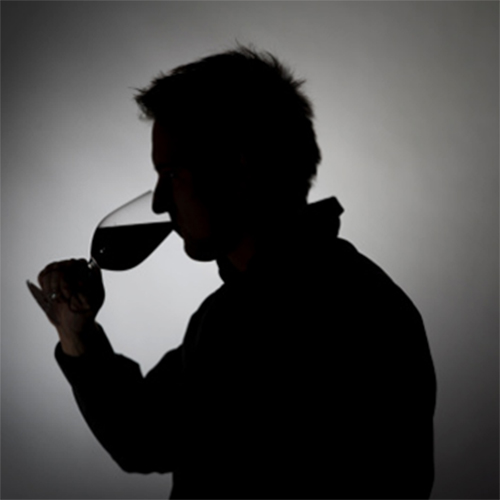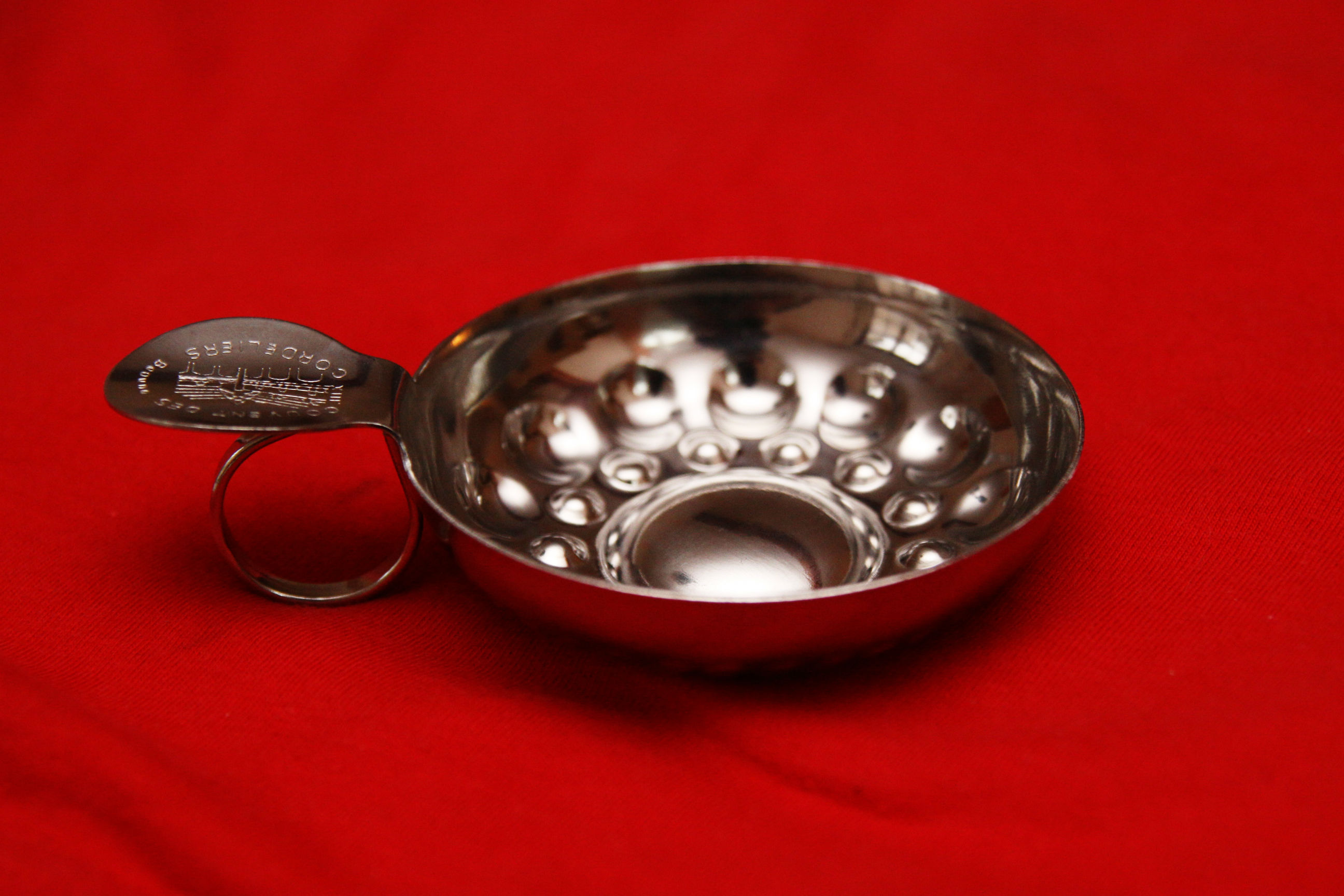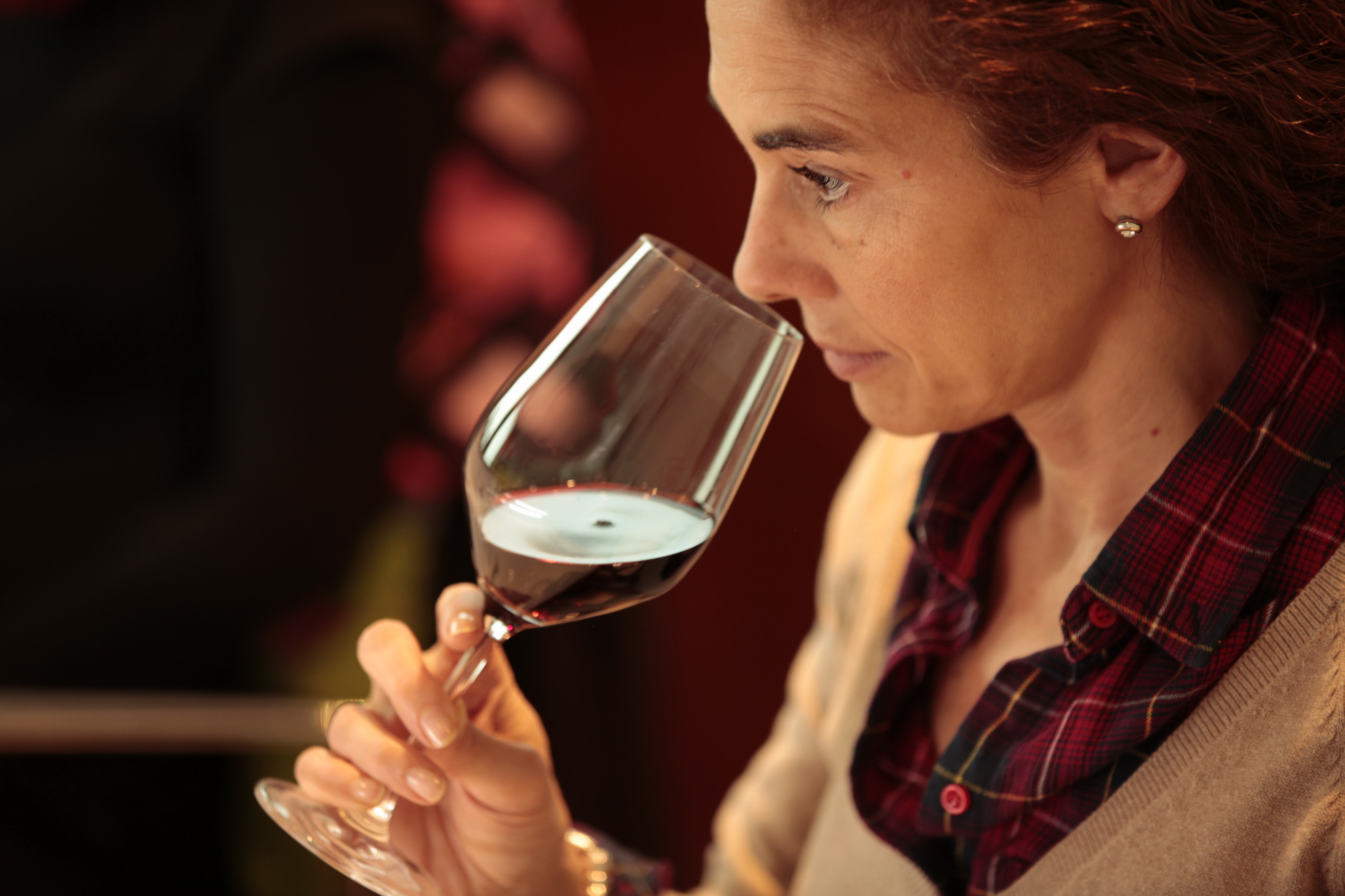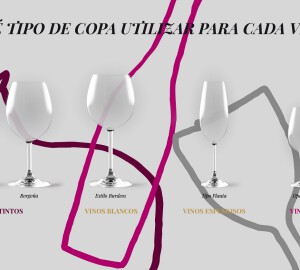The mouth is an extremely complex sense receptor. Just ask babies: they want to taste everything! In fact, taste, smell and touch are concentrated in the mouth.
Taste
Taste is located on the surface of the tongue and the taste buds are responsible for giving us the four levels of information: sweet, sour, salty or bitter. The sweetness, the smoothness, is perceived at the tip. When the sides sparkle, we notice the acidity. In the centre, we detect the salty taste. And under the bell, at the back of the tongue, what we call bitterness. In the case of wine, the sensation we may have in the centre of the tongue, the salty taste, comes from its mineral character, the taste of earth, flint or rock.
Smell
Curiously enough, we also smell through our mouths: who hasn't held their nose as a child to get rid of the taste of a horrible syrup? And who hasn't choked and felt the fluid coming out of their nose? Two irrefutable proofs that our mouth is connected to our nostrils. And how does this interconnection apply to the world of wine?
On the nose, for example, we smell the wine as it is. But in the mouth, the wine is at a temperature of about 32 degrees. Therefore, the aromas that we are going to find in both are going to be totally different. When the wine is hit by the heat in the mouth, the aromas of the wine that ascend via the retronasal passages behave in a different way. About 85% of the things we say are flavour, are actually smell. In a strawberry yoghurt, for example, the taste will be sour and sweet, and the smell will be strawberry. In short, in the mouth we receive the olfactory information of everything we introduce.
Touch
And now, we add the third sense: touch, which in the case of wine, gives us sensations of astringency, warmth and density. And, very importantly, if it remains over time. In short: Acidity, sweetness, bitterness and saltiness are the four aspects of taste. Smell is what we commonly call taste. And heat, dryness, or whether it takes up space and lingers in the mouth, is the feel of the wine.
In general, taste is fairly easy to interpret. But in the case of touch we are less used to it. If you want to understand "in your own mouth" what astringency is, try and compare a glass of white and a glass of red. A young white wine of the year will not have tannin. However, we will perceive that drying, astringent sensation in a red wine. Where does it come from? Firstly, from its contact with the skins and, secondly, after its time in oak barrels. The result? A velvety feel, the mouth feels dry all over. Or a cat's tongue sensation if it is very hard and marked.
Those sharp papillae, that dryness between the gum and the upper lip, that sensation of astringency, is provided by the tannin, and in practice we notice it in contact with the skins of the grape or if we bite a wooden stick, which dries our tongue and makes our papillae sharp. Finally, and to combat this cold, in the mouth we also perceive the temperature through touch. If a sip of wine warms our mouth, like a hug, we are talking about its alcoholic content. If, on the other hand, it is not very warm, the alcohol content is low.
What about density? If it moves lightly and fluidly like water, taking up no room, we are talking about a wine that has little density. However, if it is sumptuous and mouth-filling, glyceric, compact and dense, we are talking about a wine with a lot of body.
If you liked this post and you publish it on your social networks you will also be sharing #WineCulture 🙂
And if you prefer to listen to the podcast click here: http://bit.ly/rne-vivancoculturadevino


















